Designers, artists, and tinkerers — let’s go on a nostalgic journey.
Take a second to think about the toy that changed everything for you. The item that inspired countless projects and games. Can you hear the jingle from the commercial? Do you remember the first thing you created once you finally got your hands on the item itself?
You probably didn’t know it then, but that special toy or game may very well have put you on the path towards your future career or hobby. That was certainly the case for many Webflow team members who shared their own memories of these iconic items.
As we explore these 10 influential games and toys from the 1990s and 2000s, think about how these items (and others) sparked your love for all things design.
Computer games and programs
We may laugh at these clunky interfaces and garish colors now, but back in the 90s and early 00s, these games and programs were every little techie’s dream.
1. KidPix
A computer-based drawing program just for kids? Yes, please! Creator Craig Hickman designed this bitmap drawing program after watching his three year-old son struggle with MacPaint.
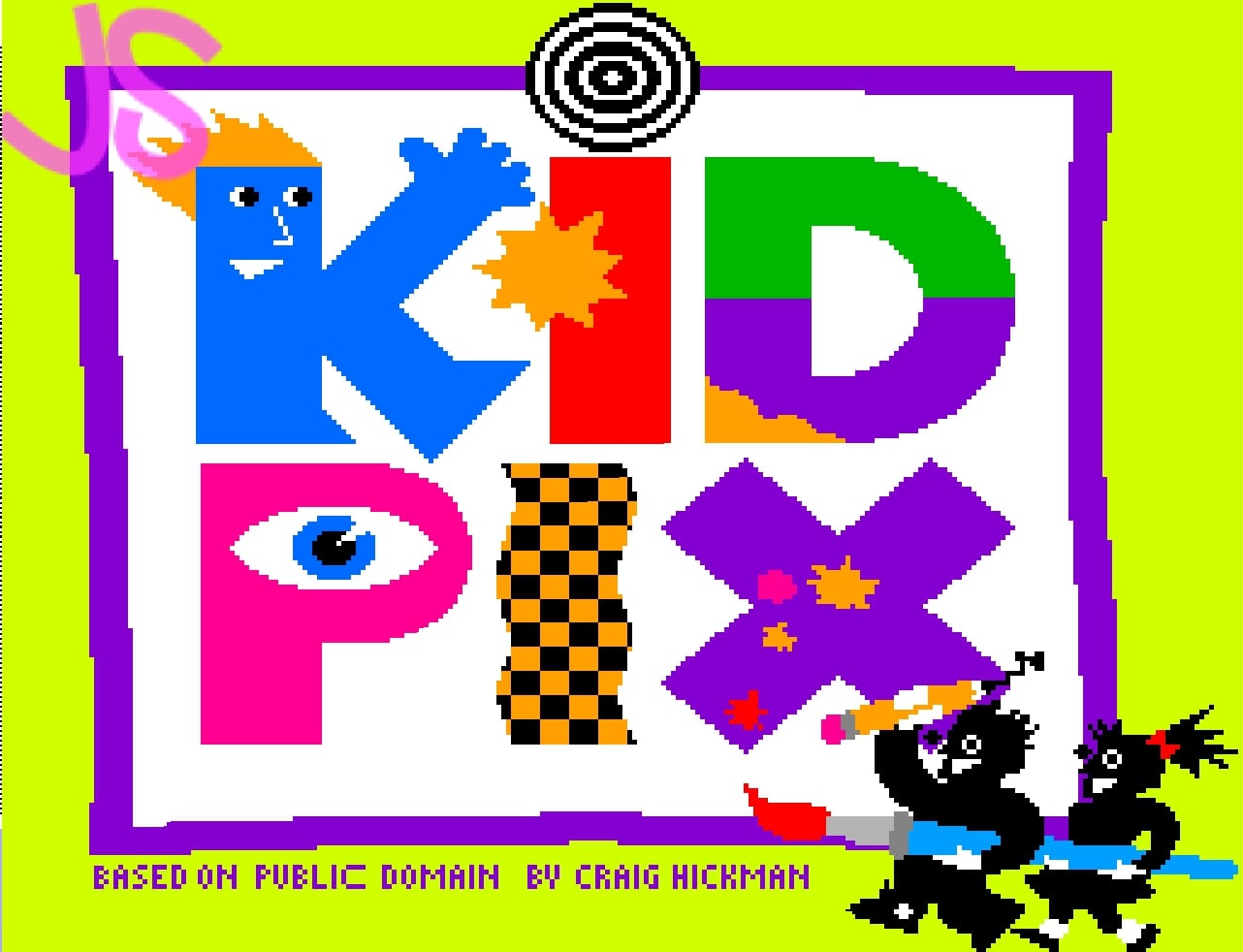
Lucky for us, Craig decided to share this easy-to-use program with all of us, releasing it for free in 1989. With kid-friendly toolbars and simple imagery like the iconic “Undo Guy,” KidPix was an ideal introduction to computer art programs.
For many of us, KidPix was so much more than a paint program — it was the first tool that got us hyped about combining art with the power of computers. Silly elements like “wacky brushes” and virtual rubber stamps gave us sneaky lessons in visual design.
Feeling nostalgic? KidPix is still available for free online.
2. Rollercoaster Tycoon
World-building, design, and computer gaming all rolled into one program. Rollercoaster Tycoon allowed us to build the theme park of our dreams while teaching us the consequences of poorly planned designs.
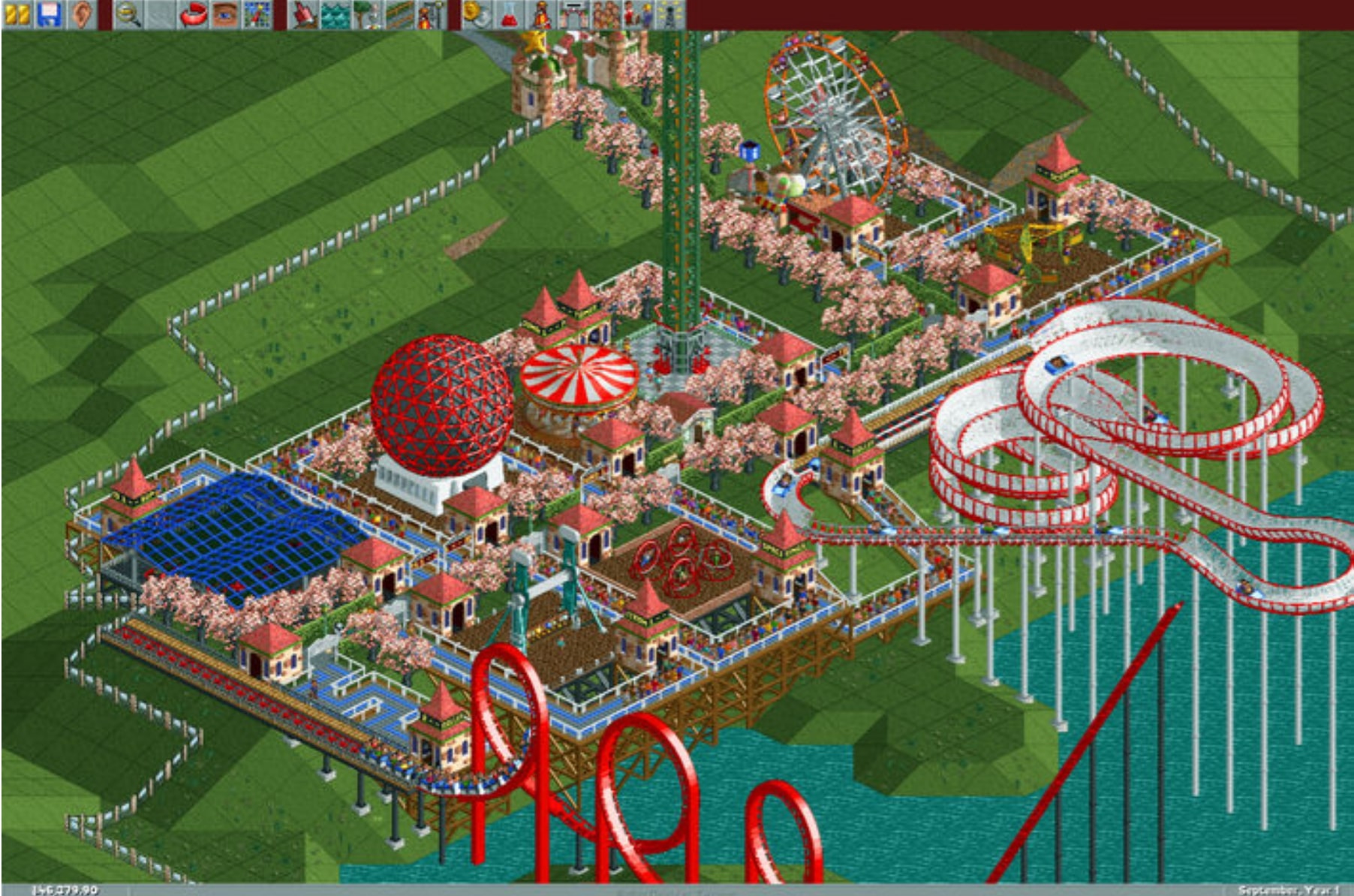
The goal of this game was to not only design and build a theme park, but to also keep up with repairs and finances. Whether we realized it or not, Rollercoaster Tycoon was serving up valuable lessons in design maintenance, user experience, and business management.
Players earned points for high park ratings and bringing in more guests. If you dove right in and created nausea-inducing rides, your ratings will plummet as fast as those roller coasters. This game forced us to think about layout — including footpaths, food stalls, and bathrooms throughout the park. User experience was crucial as well. If your guests got sick on the rides, business suffered. Plus you had to use that weird vomit broom to deal with the consequences.
“For me Rollercoaster Tycoon opened a world where I could create things. It felt like the possibilities were limitless. But eventually you hit a wall, and that’s what led me to seek design tools and creating for the web. Trying to find mediums where I could create things that were uniquely my own.”
When Rollercoaster Tycoon released in 1999, kids like Ben suddenly became theme park designers and business owners — virtually, at least. Over the years, Rollercoaster Tycoon has released several versions and is now available on mobile.
3. Neopets
Many of us turned to Neopets to care for the pets our parents wouldn’t let us have. But this game offered great lessons in design and coding, too.
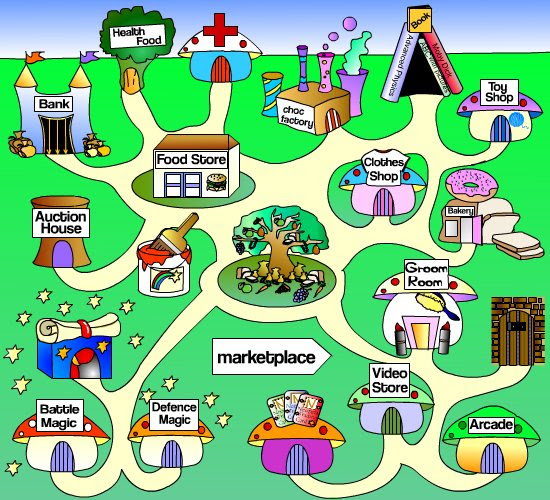
Originally released in 1999, Neopets was a website where kids could care for virtual pets by earning virtual money through gameplay and spending it on pet supplies. You didn’t need software to get started and money was virtual — basically, Neopets was the 90s version of SaaS and crypto.
Kids had to build Neohomes for their pets and furnish them, which required them to have an eye for design. Neopets also incorporated a coding element with neoHTML, HTML, and CSS, which players could use to customize their profiles.
“I credit Neopets with jump-starting my interest in web design and development, as Neopets was my first encounter with coding as a kid in the early 2000s. It was a totally free and flexible base for exploration and experimentation with code.”
Cullan was one of the many design-minded entrepreneurial kids who published Neopet coding tutorials and even offered services on the site.
As I started to become more proficient with simple CSS and HTML, I created a design "business" on one of my pet pages, sharing templates for other players to use. Years later, when it came time for me to decide on a direction to take my career, my experience with creative expression through code on Neopets inspired me to enroll in a web development bootcamp.”
4. Lego Mindstorms
In the late 90s, this beloved builder toy introduced Mindstorms — a robotics invention system that let kids program Lego robots.
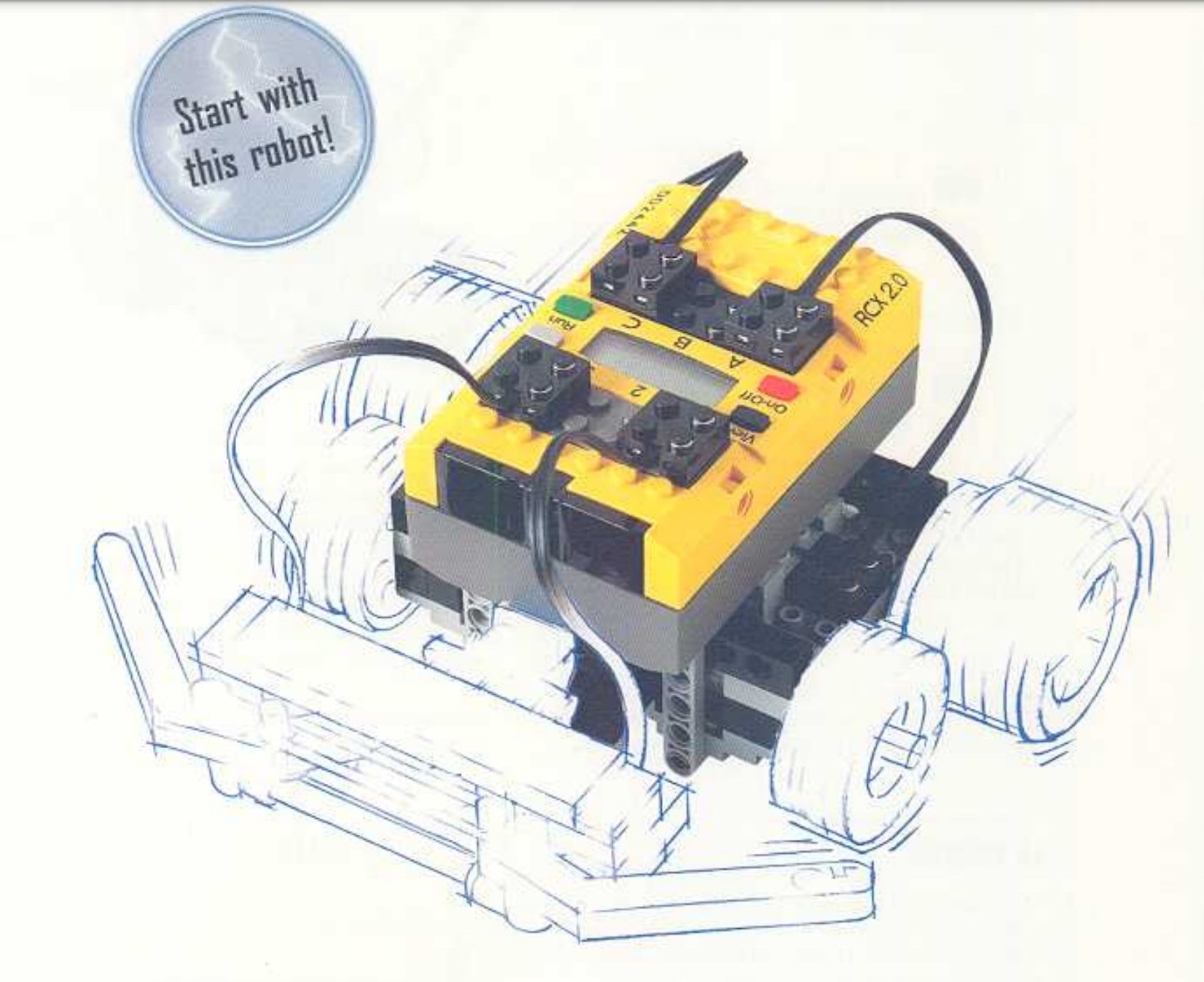
Kids programmed directly on the Robotics Command Explorer (RCX) brick, using software created in partnership with National Instruments and Tufts University — so yeah, you could say it was kind of a big deal.
Lego Mindstorms let kids bring their creations to life. Once constructed, the Lego robots relied on programming that told the light sensor to detect and follow a straight line, so kids could literally see their work in action.
“I was on a competitive Mindstorm team in middle school and we used LEGO to design robots to meet various goals, like building a product that would help someone with limited mobility navigate more easily. I think that I hadn’t yet understood that creativity plays a key role in developing new products, so Mindstorms showed me how careers in STEM draw on soft skills, like understanding how people tick and thinking outside the box, that appealed to me at that age.”



















Get started for free
Create custom, scalable websites — without writing code. Start building in Webflow.
Art toys
These toys that combined art and play were on every artsy kid’s wishlist.
5. Play-Doh
Basic Play-Doh hit the market in the 1950s. But by the 1990s, we could make doughy french fries with the coveted McDonald’s Happy Meal Playshop practice our stylist skills with Fuzzy Pumper Barber Shop, or just sculpt freehand. Playing with this colorful clay helped us develop the dexterity needed to take on more artistic pursuits.
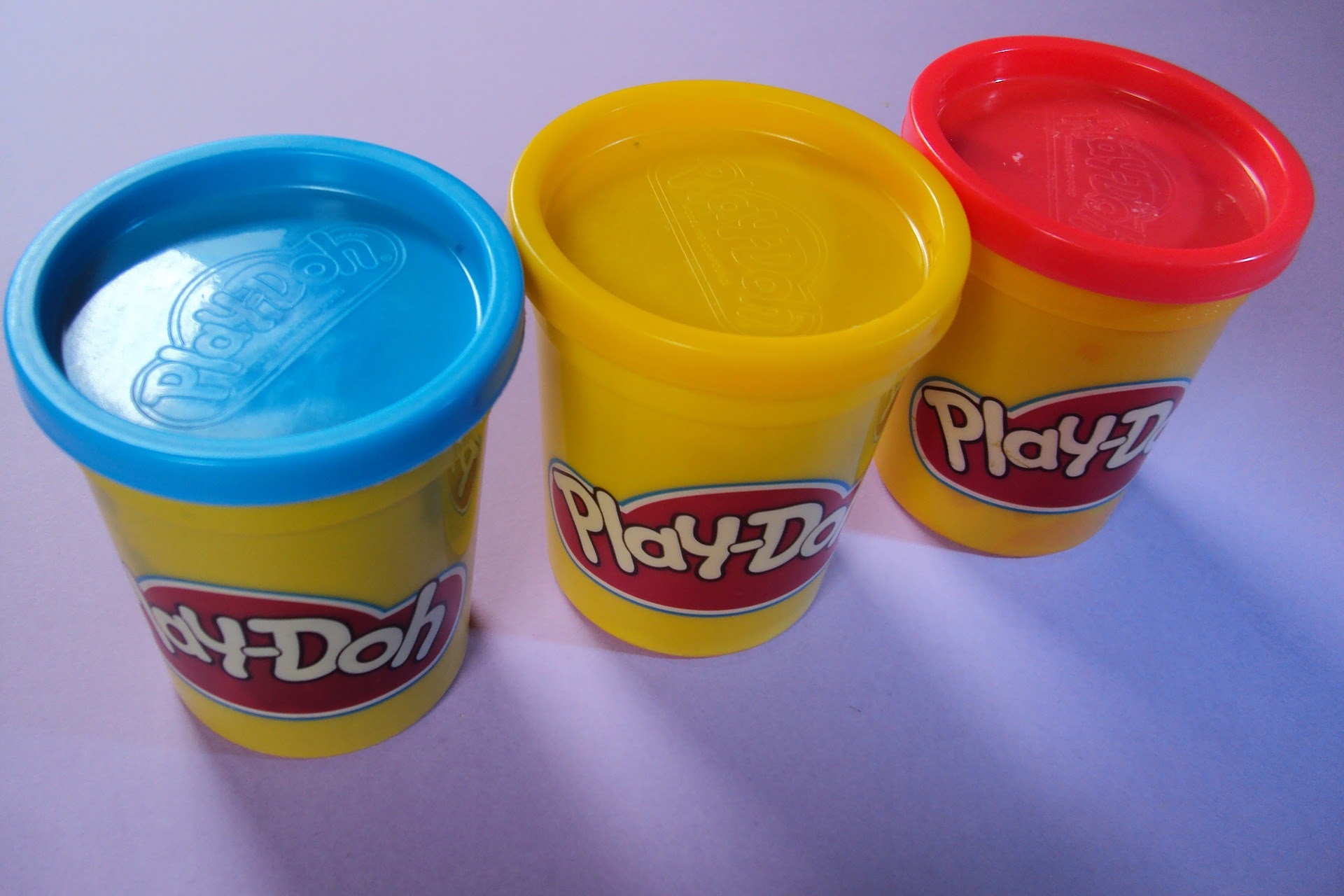
This classic art toy could actually fit in the computer games category as well — 90s kids loved Play-Doh so much that Playskool released the Play-Doh Creations computer game to keep kids hooked on the ‘Doh. The game tied the hands-on experience to a virtual one, letting kids see their creations come to life.

The combination of a physical craft and a computer game really solidified Play-Doh as a modern influential design and art toy.
6. Spirograph
These plastic geometric shapes had us practicing meditative art long before we knew that was a thing.
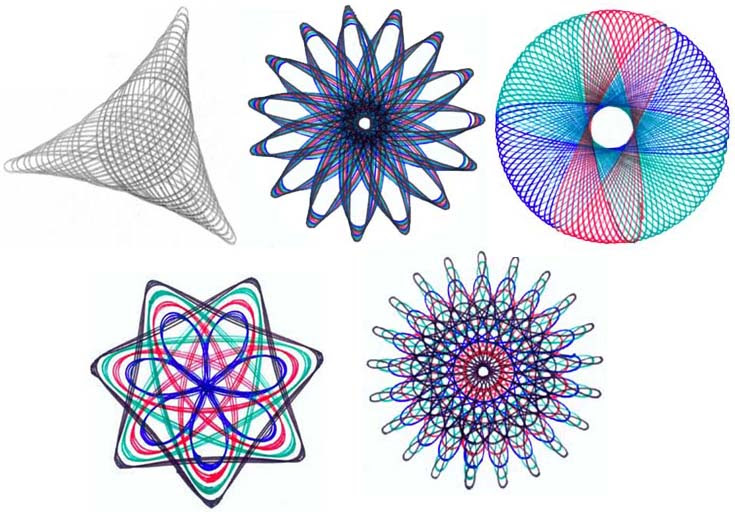
Each set came with a variety of shapes that had gear teeth along the edges. We combined pieces to create different mesmerizing designs. One piece served as the guide, keeping the second piece on a set path thanks to the interlocking teeth.
Spirograph tricked us into having fun with math. We thought we were just playing around with different pen colors and guessing which shapes each piece would produce. Meanwhile, we were also getting lessons in spatial awareness, pattern recognition, and math-based predictions. Seriously — just ask the engineers and mathematicians on YouTube.
Spirographs have a special place in the hearts of us 90s and 00s kids. This toy was a great introduction to combining logic and design.
7. Colorblaster
Commercials for the Colorblaster had us begging our parents for the personal airbrush machine (all of the extra stencils were sold separately, of course.)
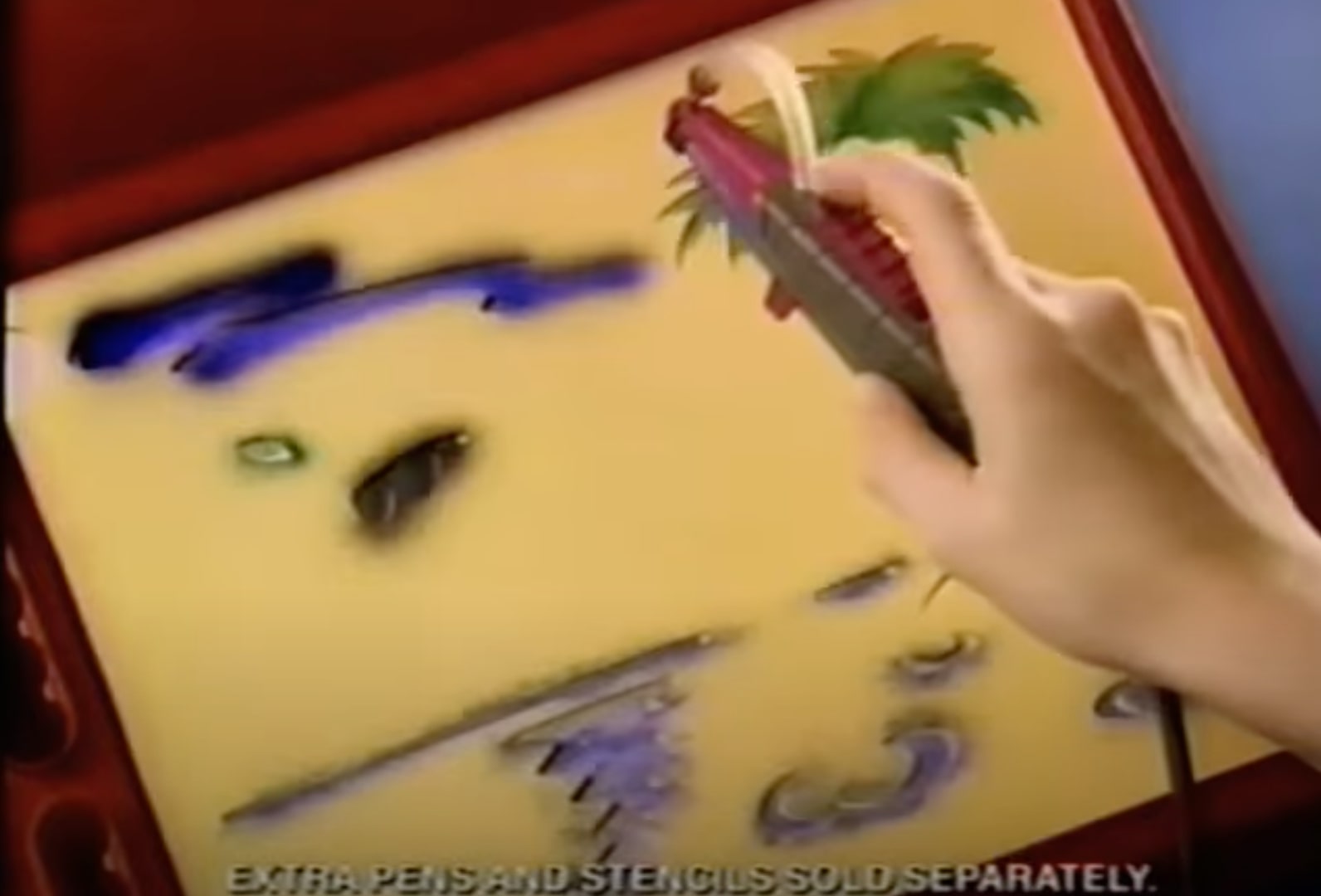
This airbrush toy turned markers into a new art form and made us all feel like professional graffiti artists. Of course, the toy was far from a professional tool — we had to power the spray ourselves.“Pump, pump, spray — blast away!” as the commercial said.
Colorblaster taught us about using clean lines and color blending. Perhaps most importantly, it taught us that sometimes, art is pain — for your overworked forearm, in this case.
Builder toys
Tinkerers, budding architects, and interior design hopefuls literally built their foundations with these toys.
8. Erector Sets
Briefcases full of metal parts and real tools gave us hands-on experience and encouraged us to think about how parts come together to create sturdy structures.
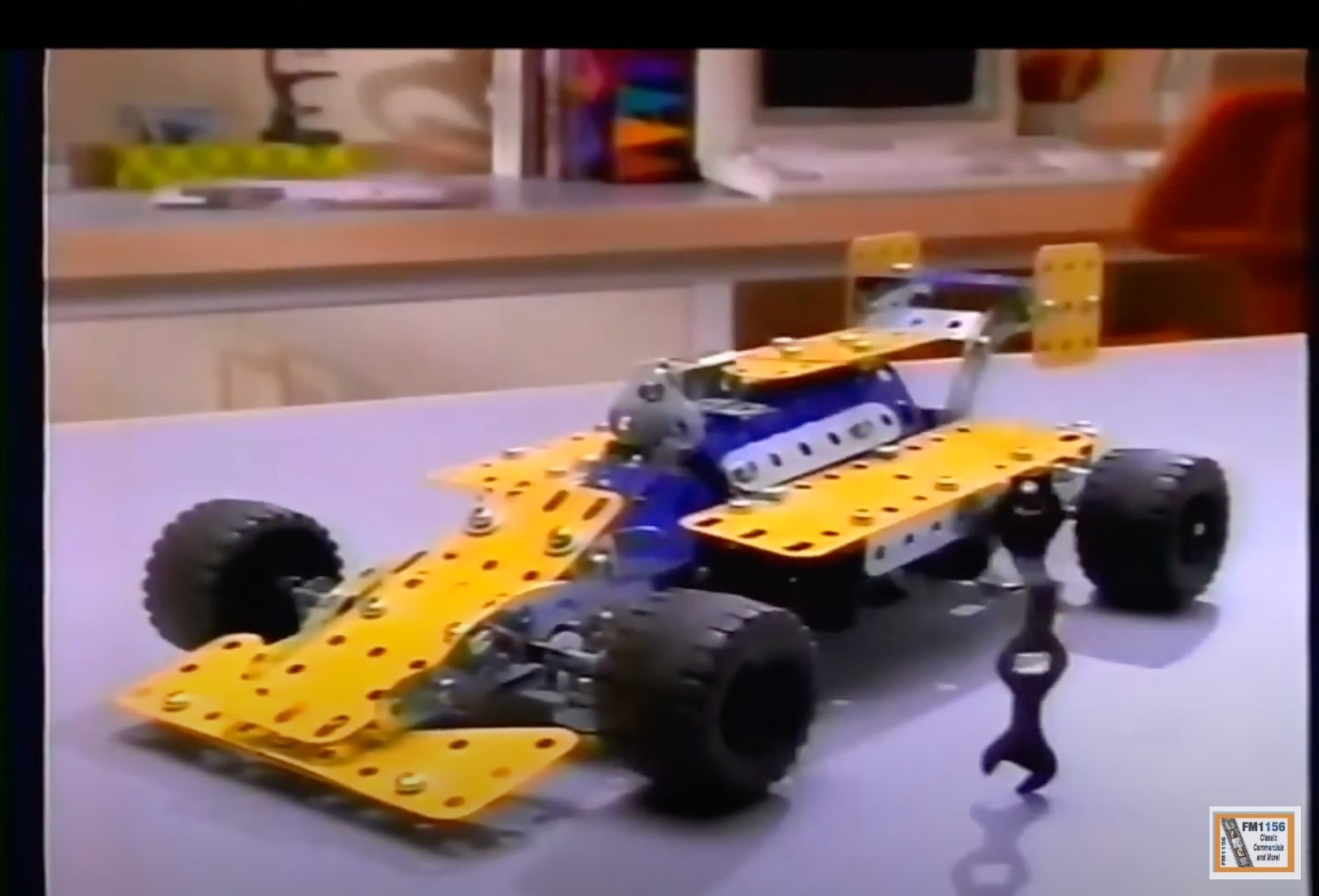
While erector sets were originally released in 1913, the 90s versions included small power tools and batteries for creating moving toys. So not only did we get building lessons, we also got the rewarding feeling of building our own functioning toys like trains, racecars, and ferris wheels.
“I had Erector Sets as a kid that really got me to think about architecture and engineering. That interest transitioned to piles of drawings on graph paper, drawing cities and imaginary buildings. Later in life, I joined art classes because of the same interests and that introduced me to using computers for digital design.”
Erector sets taught us how to use tools while encouraging us to play and explore our creative instincts. Unsurprisingly, the original manufacturer still sells a variety of sets, including many STEM-focused designs.
9. MarbleWorks
Similar to Erector sets, MarbleWorks challenged kids to build their own toy — a towering marble Rube Goldberg-esque course.
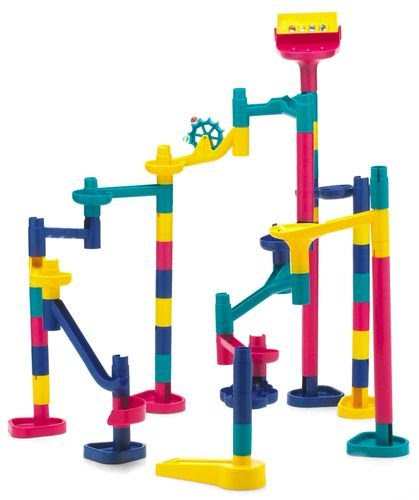
Marbleworks sets came with a variety of pieces including ramps, turning gears, swirling paths, and more. Connections were simple — we just jammed one tube into another. The real challenge was creating an obstacle course that allowed the marble to get from top to bottom in the most entertaining way.
Marbleworks forced us to consider how the design of the tower affected the marble’s journey. We couldn’t just stack pieces to build the tallest tower or connect whichever colors and shapes looked best together. Instead, we had to use spatial thinking skills and visualize the marble’s journey. Marbleworks also taught us the importance of troubleshooting. If the marble stalled, we had to search for misaligned connections, ramps that faced the wrong way, and gaps in the track.
It’s not surprising that a toy so focused on logic, structure, and the user (marble) journey was a favorite for future designers and engineers.
Marbleworks sets are still around and continue to encourage young tinkerers to challenge themselves.
10. Lincoln Logs
Simple yet inspiring, Lincoln Logs gave many aspiring designers and architects a creative outlet.

John Lloyd Wright invented Lincoln Logs in the early 1900s. The toy was modeled after the foundation design that John and his father, Frank used to build hotels to withstand earthquakes. Nearly a century later, these sets of wooden interlocking logs were laying a different kind of groundwork for kids — a foundation in structural and architectural design.
Lincoln Logs taught us the importance of constructing a strong base and encouraged us to consider a design before beginning to build. For many kids, Lincoln Logs were a gateway to other design-related hobbies and careers.
“My early fascination with Lincoln Logs soon turned into an obsession with The Sims, where I spent less time actually playing the game and more time (we're talking hours) fully customizing my Sims' homes. That carried all the way through college, where I almost majored in interior design and went the fashion route instead. Although I'm a writer now, I still love interiors and am living out my Sims dreams now as I build out my yoga studio here in Denver.”
Lincoln Logs still exist today and haven’t changed much. There was a dark time when the classic wood was swapped for plastic, but thankfully they’re back to real wood.
What 90s and 00s toys inspired you?
When we were kids, every toy had the potential to change our lives. Did the toy or game that inspired you make the list? Let us know in the comments.































